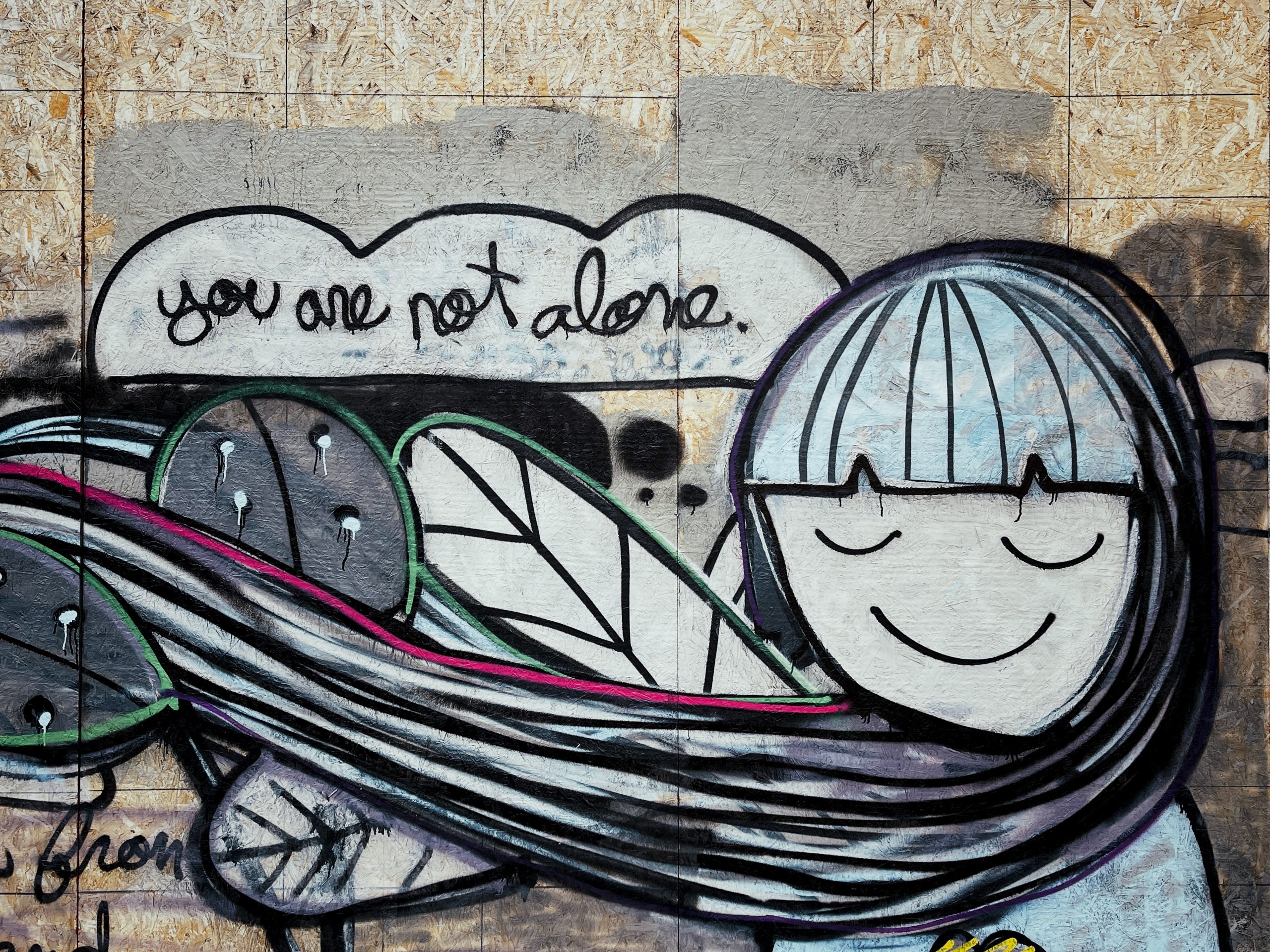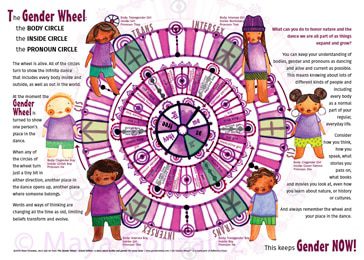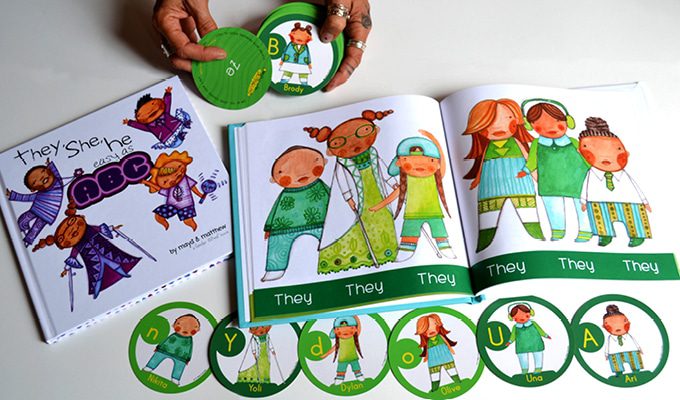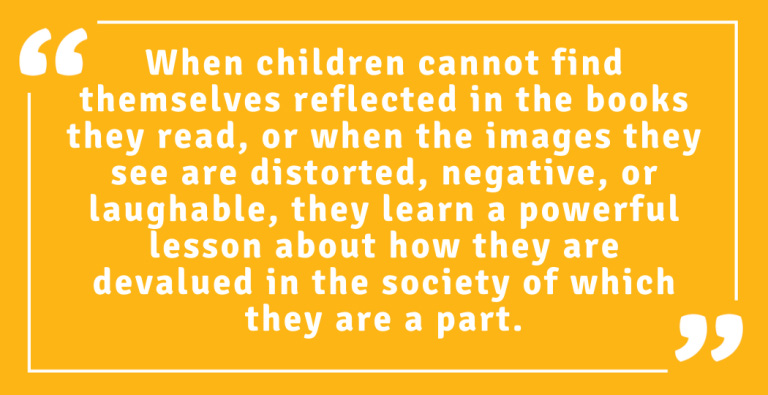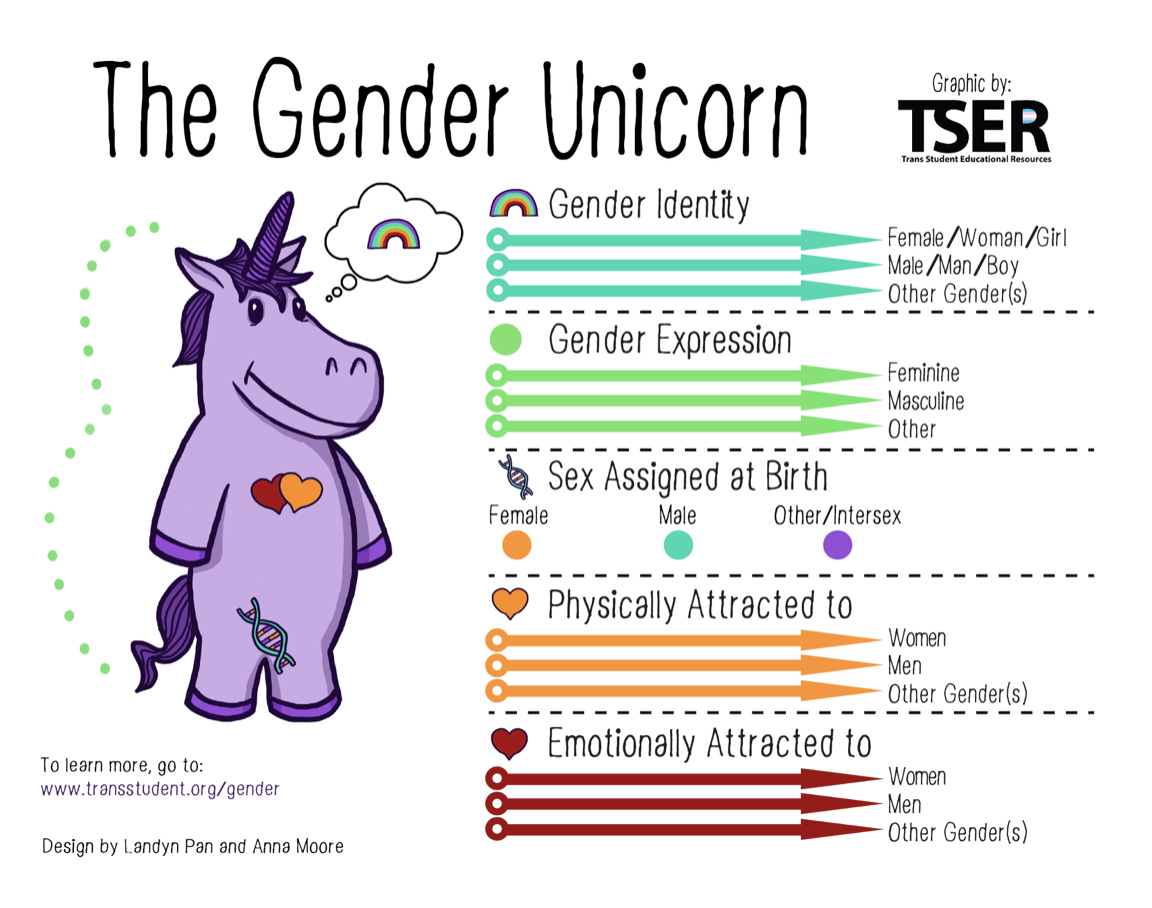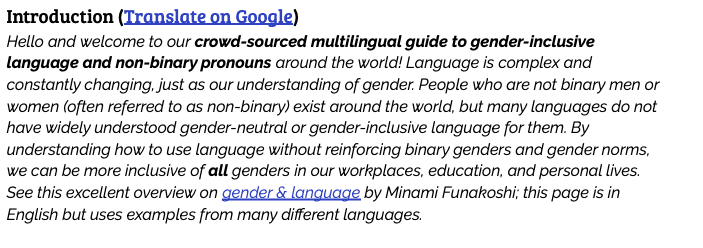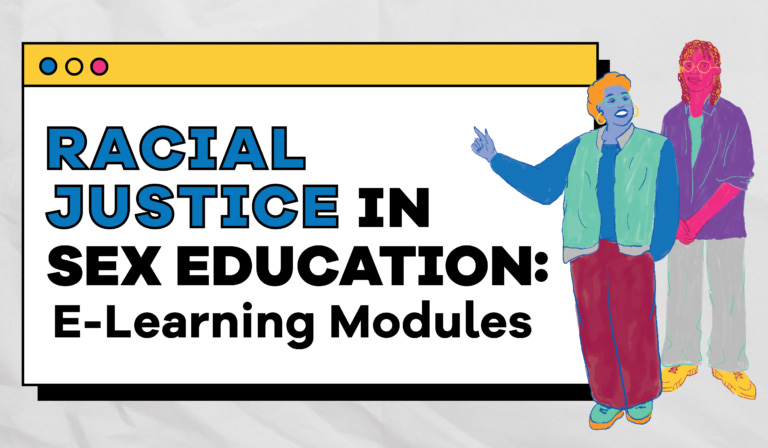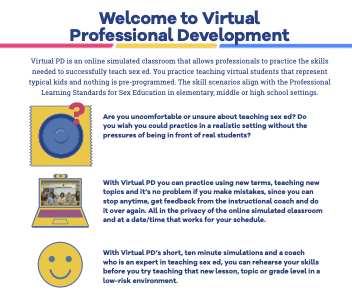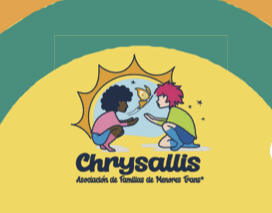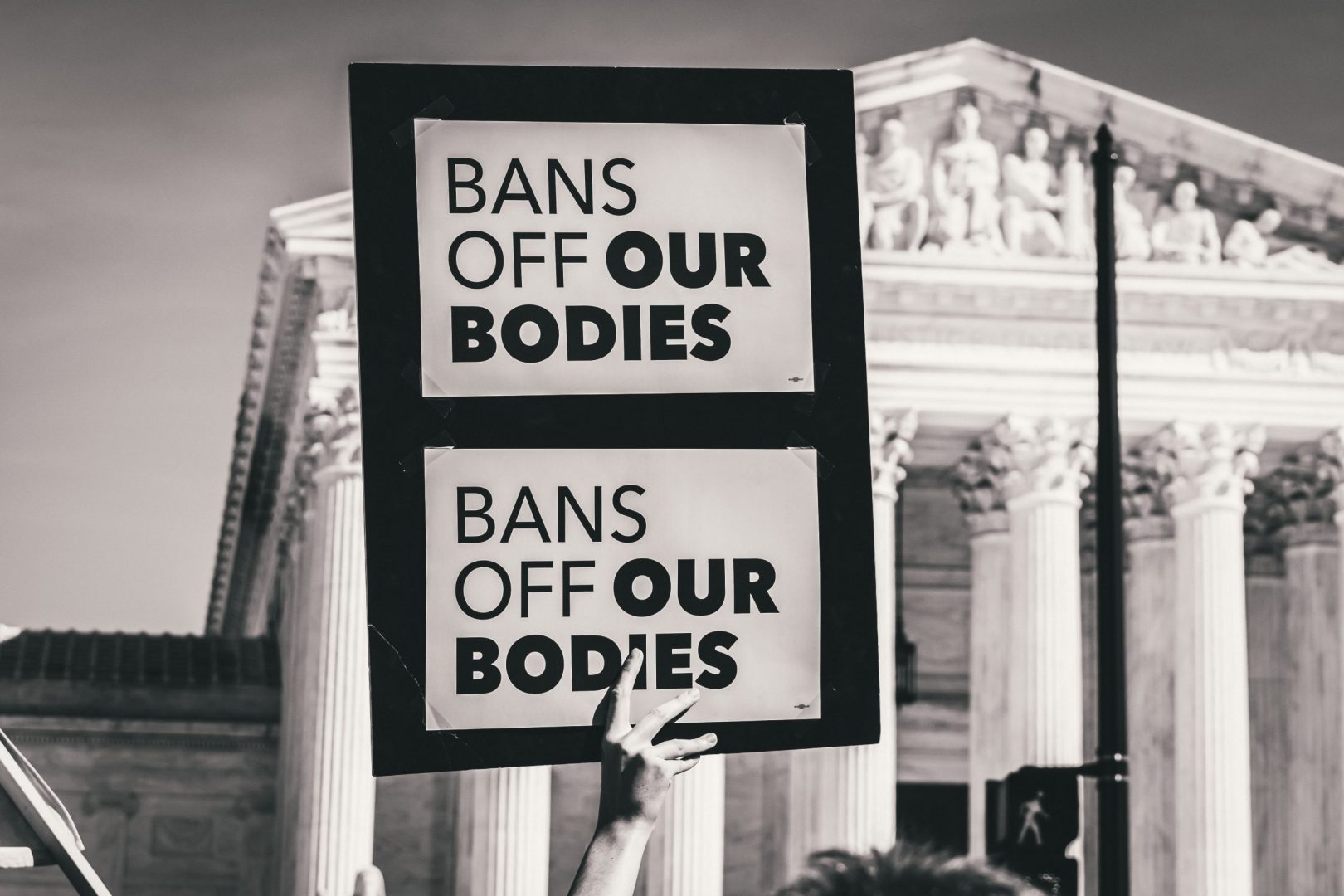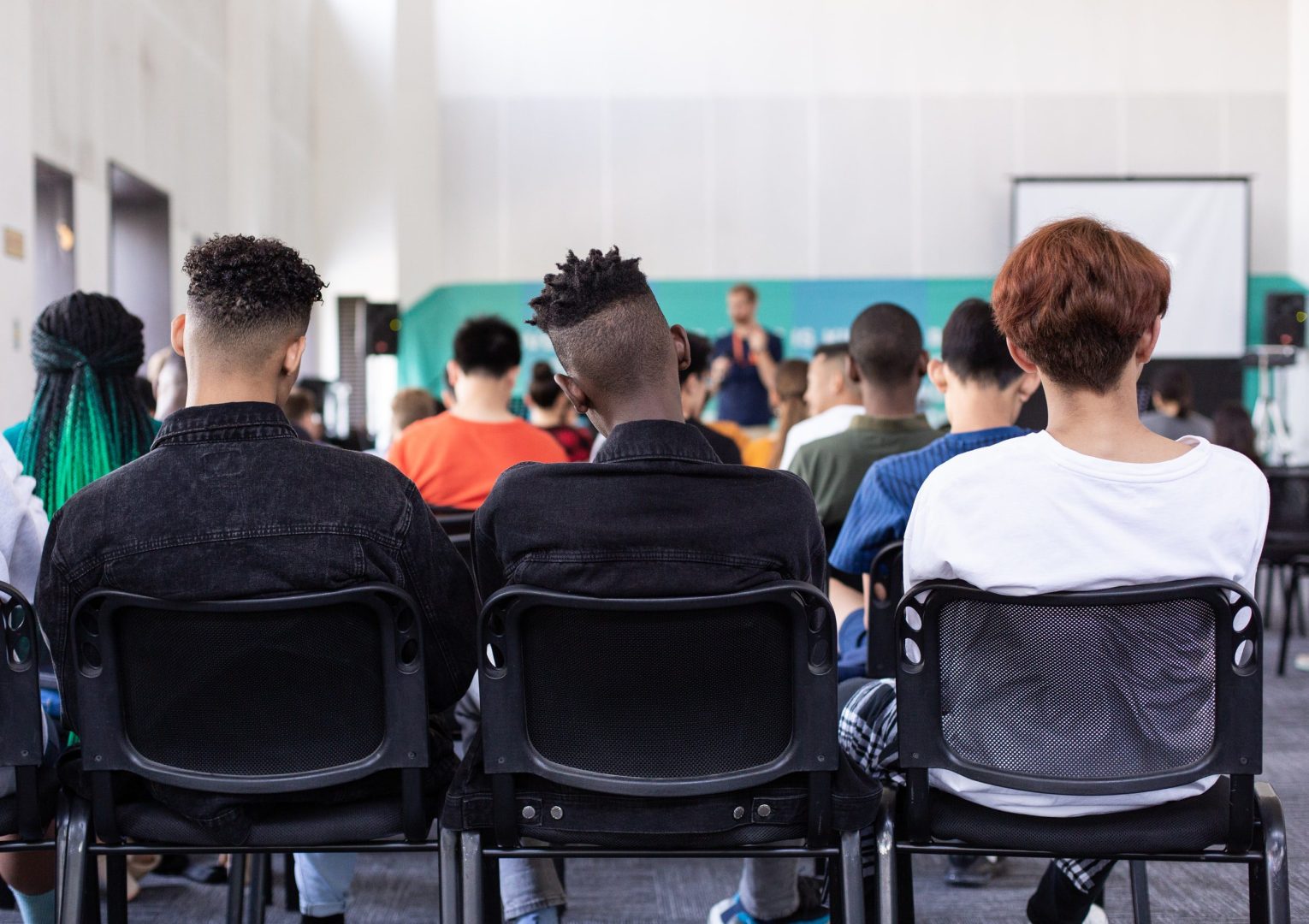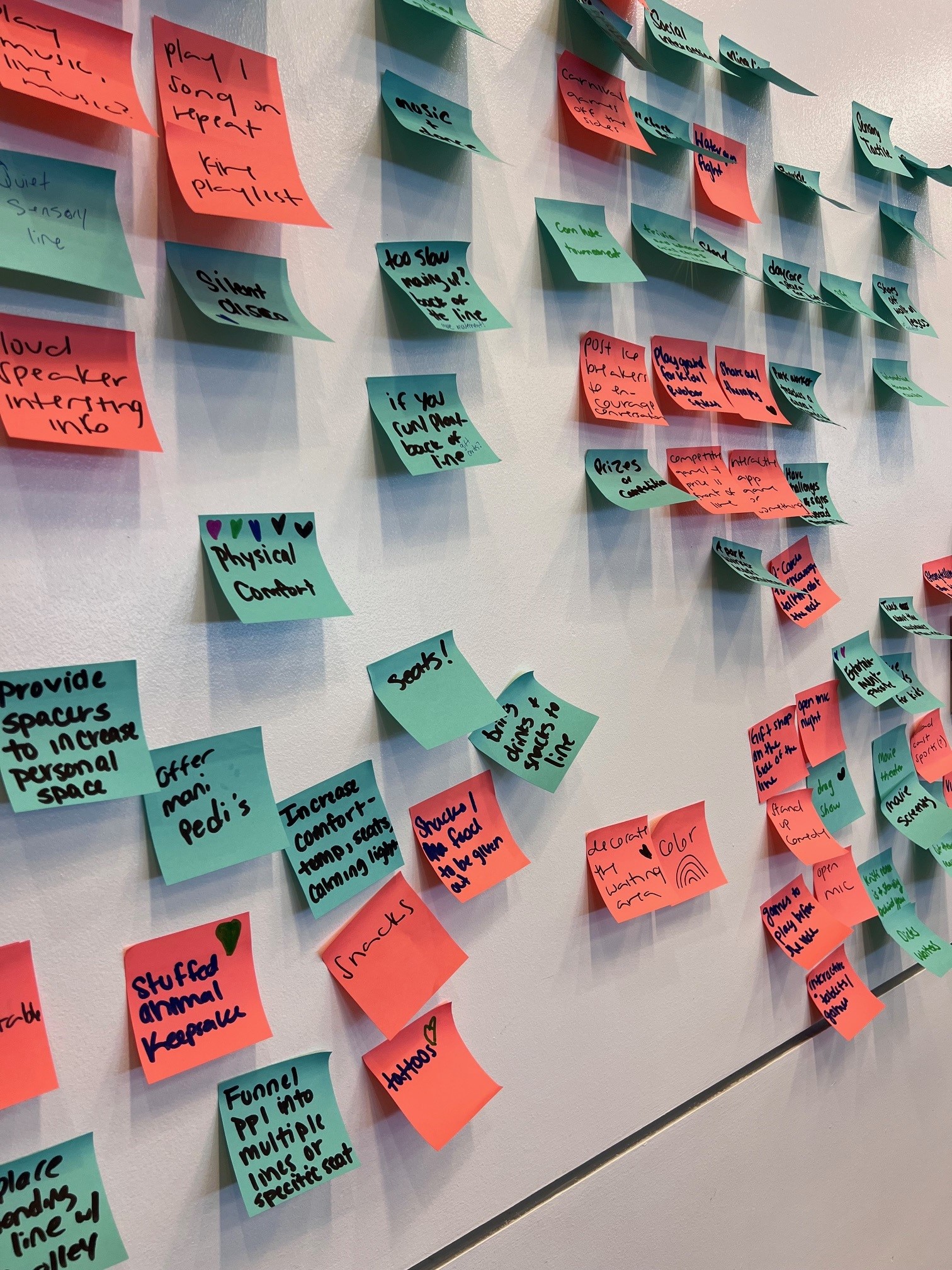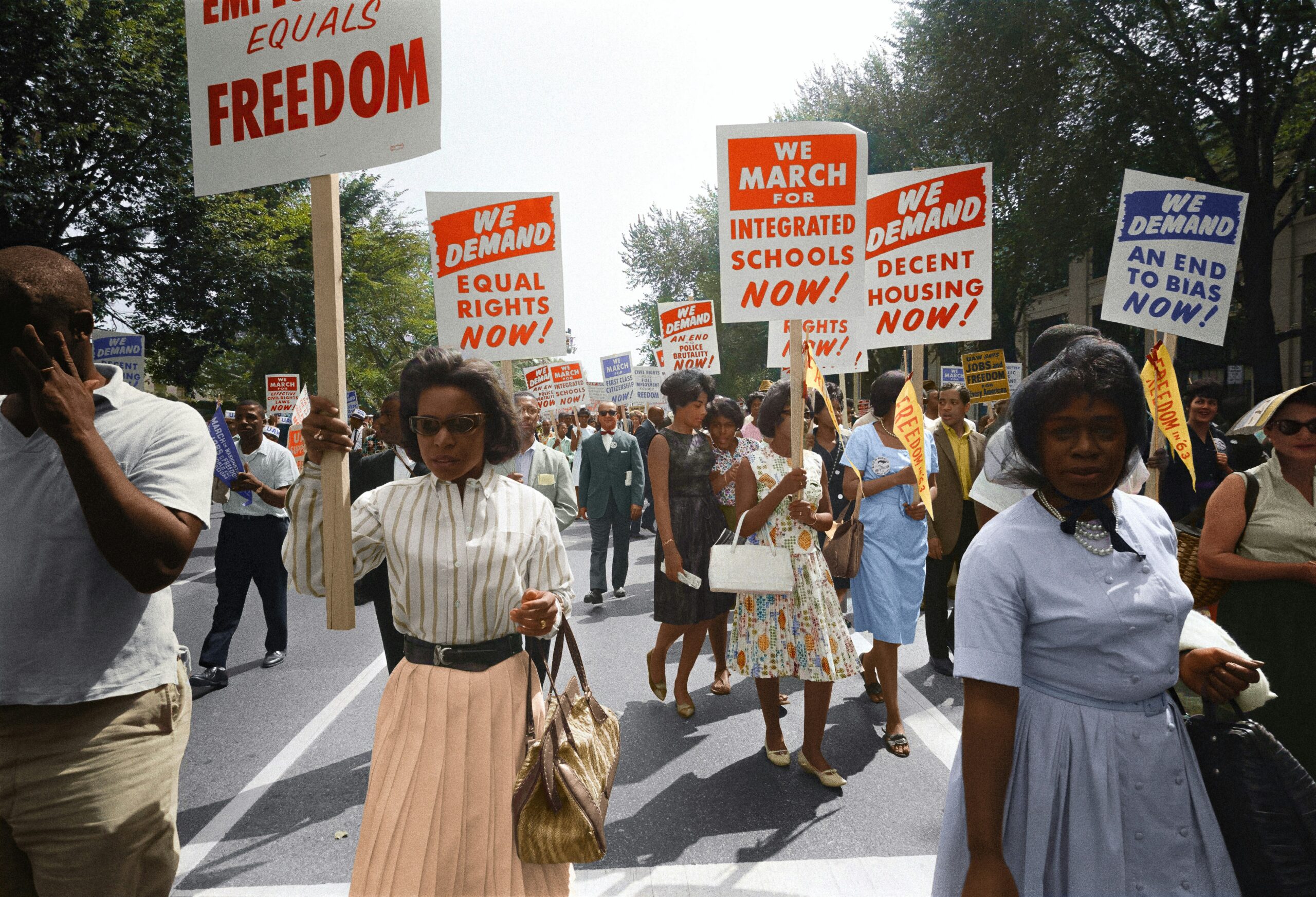Learn more—and get resources—about how to create affirming spaces for your students.

By Allison Tomai Felsen
June 15, 2023
The onslaught of attacks on the basic human right for people to exist just continues to be exhausting. Banning books, censoring curricula, banning transgender youth from playing sports, outlawing gender-affirming healthcare for transgender youth, and attempting to ban drag…these bills and efforts are a coordinated attack to cram LGBTQ+ people and their culture back into a box and then erase their existence altogether.
According to a new report from the Movement Advancement Project, 2022 saw 315 bills—a record number of anti-LGBTQ+ bills—introduced in state legislatures and 29 were signed into law. GLSEN’s 2021 National School Climate Survey reported that the 83.1% of students who attended in-person school during the 2021-2022 school year “experienced harassment or assault based on personal characteristics, including sexual orientation, gender expression, gender, religion, actual or perceived race and ethnicity, and actual or perceived disability.”
Like many of you, working in our field, I recognize I have an enormous amount invested. And of course, like all of us, I have family members and friends who have been and are directly affected by these laws that are being passed.
It takes a toll on us. We see the effect from the harmful legislation and the wildfire spreading of these radical ideas in our communities, schools, and families. I find myself growing increasingly alarmed and angry about what is happening.
Often, we talk about having to keep pushing and showing up because that is what you do when you’re in a fight to keep all of us safe and ensure we all have the freedom to live our lives. Lately though, I find myself just holding a lot of anger.
Angry that I keep having the same conversations with friends and family about why it’s appropriate to find out and use a person’s pronouns. Angry that I am still having conversations with young my nieces and nephews, supporting them that they can wear anything they want from the dress up box, after a peer has made a criticizing mark about supposed “girl or boy colors.”, and if you want to wear anything from the dress up box, you can. Angry that we are STILL fighting for bodily autonomy in 2023…and that we’re regressing, not progressing.
Of course, I know these conversations are important, and that they are the way we can at least try to push against this tide of hate and fear. We all are learning, growing, and doing the best we can for the youth in our lives. It’s also a reminder that we need to keep creating inclusive spaces in places like the classroom so that students feel safe and supported.
We all are learning, growing, and doing the best we can for the youth in our lives. It’s also a reminder that we need to keep creating inclusive spaces in places like the classroom so that students feel safe and supported.
Navigating conversations in a sex ed class can be complex. “Am I using the most inclusive words for this lesson?” “Is there a way I can make students in my classroom feel affirmed in their gender and sexuality during our sex ed discussions?” “Gosh, I’d love time to practice using they/them pronouns!”
True You Maryland partner Alicia Miller, MPH, CHES, recently led a session about using inclusive practices in sex ed. Watch the video to practice using inclusive language, and learn how others are create affirming spaces for their students and what resources they rely on.
Check out the resources below to help make your space more inclusive.
Allison Tomai Felsen is a Communications Manager for Healthy Teen Network who provides design and communications expertise for projects and manages our website. Allison and her husband are proud parents of two pups and three cats. Read more from Allison.

